History of Rabat, the capital of Morocco
The city of Rabat is known globally as the administrative and political capital of Morocco, but it is a historical city above all, and its history is ancient and full of events and treasures that indicate its importance, successive civilizations such as Phoenician, Roman, Moorish and Berber that settled in that region to distinguish its geographical location and the availability of water and wells by the sea, as it was known in the Islamic era with the Almoravids, Almohads and Alawites, a cultural growth and strategic importance, and it also became the center of attention of the French protectorate at the beginning of the twentieth century.
Show key points
- Rabat is not just Morocco’s political capital but a city with a rich, ancient history shaped by multiple civilizations including Phoenicians, Romans, Moors, and Berbers.
- The Phoenicians established early trading centers in Rabat around 700 BC, notably at Chellah, due to its strategic coastal location and access to water.
- Rabat gained economic prominence under the Moors in the third century BC as a hub for trade within the Roman provinces.
- ADVERTISEMENT
- The Islamic conquest in 670 AD led by Uqba bin Nafi significantly transformed the city, paving the way for its development under the Almohads.
- Founded as Ribat al-Fath by Sultan Yacoub Al-Mansour, Rabat became a military and religious stronghold during the Almohad era, launching campaigns towards Andalusia.
- In the 17th century, the arrival of Andalusian Muslim and Jewish refugees infused Rabat with a distinct cultural and architectural identity.
- During the early 20th century, Rabat fell under the French protectorate, which significantly influenced its urban and cultural landscape while preserving its Moorish-Andalusian character.
About Rabat
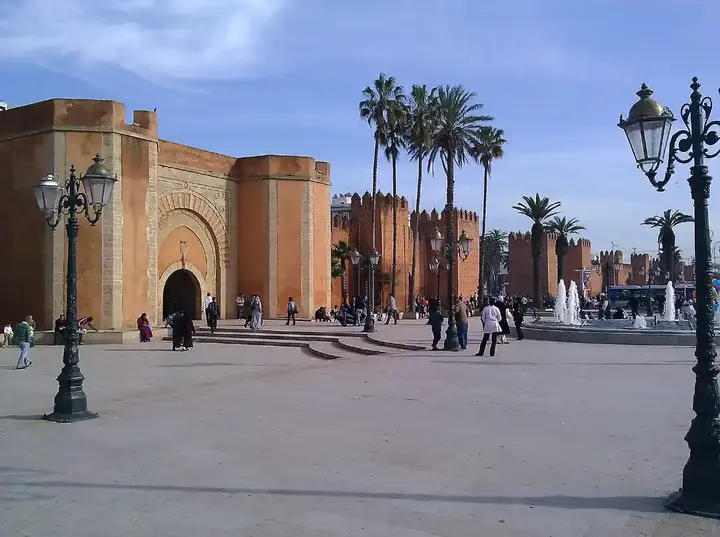
The city of Rabat is known globally as the administrative and political capital of Morocco, but it is a historical city above all, and its history is ancient and full of events and treasures that indicate its importance, successive civilizations such as Phoenician, Roman, Moorish and Berber that settled in that region to distinguish its geographical location and the availability of water and wells by the sea, as it was known in the Islamic era with the Almoravids, Almohads and Alawites, a cultural growth and strategic importance, and it also became the center of attention of the French protectorate at the beginning of the twentieth century.
Recommend
The Phoenicians and the establishment of the first commercial center in Rabat
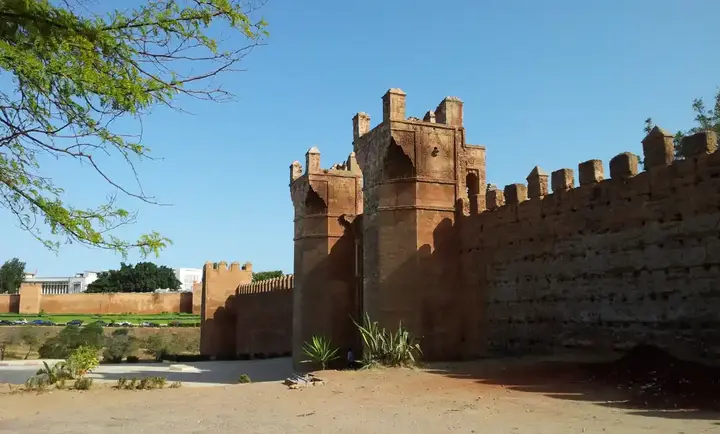
The history of the city of Rabat is closely related to the sea and the river "Bouregreg" or "Burkrak", that living witness since ancient times with a length of 240 km, which originates from the Mediterranean Sea and flows into the Atlantic Ocean, and the river was known in ancient times as the salt river, and then it was called the Pomegranate River, and in the sixteenth century its name was changed to Abu Regreg, which is due to the name of the first tribe that inhabited the banks of the river, and it is said that the word "Rekrak" means "gravel" in the Amazigh language.
In 700 BC, the Carthaginian Phoenicians arrived with their ships by sea to the site of the city and established trading centers and chose the current site of the city of "Chellah" 5 km from the city of Rabat to be the seat of their trade, as this site witnessed several successive civilizations and contains many monuments and excavations that have not yet been revealed, and there are still many secrets related to historical eras steeped in antiquity.
The Moors and the important economic status of Rabat

In the third century BC, the Moors founded the city of "Moria" as part of their autonomous kingdom and it was an important economic capital and a site for trade exchange between all provinces of the Roman countries, and that city retained an important economic position until the year 40 AD, when the Roman Emperor "Caligula" divided it into two provinces, namely Mauritania Tangier and Mauritanba Caesarea, and made the valley "Moulouya" separating the two provinces.
The emergence of Berber influence on the city of Rabat

In the fifth century AD, Roman control was weakened by the collapse of the Western Roman Empire, and Maurya and its neighboring lands became subject to Berber influence, but the Romans had lost their importance by destroying them after they fell out of their control, and remained in a state of weakness until the advent of the Muslim conquerors in the seventh century AD.
Islamic conquest of Rabat
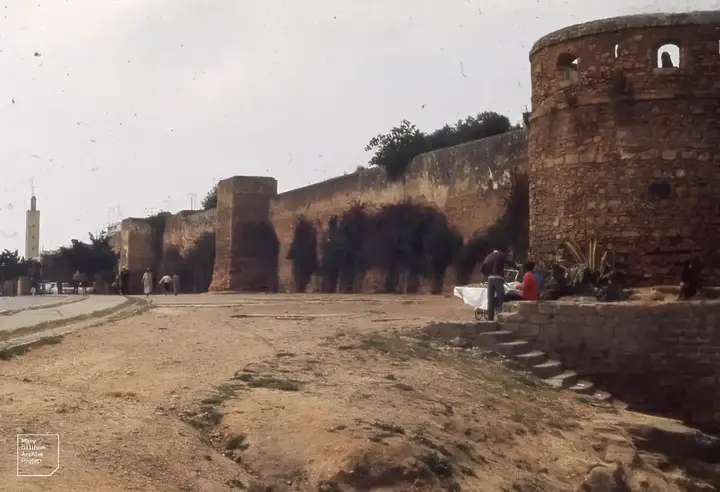
In 670 AD, the Islamic army led by Uqba bin Nafi, may God be pleased with him, conquered the city of Rabat, and there was a conflict at that time between Christians, Jews and barbarians on the land of Morocco, and that historical stage is somewhat mysterious until the emergence of the Almohads who united the armies in that region to confront the Barghawata tribe. The founding of the city of Rabat dates back to the Almohad Sultan "Yacoub Al-Mansour" and called it "Ribat Al-Fath" after the Islamic victories and was a symbol of the military spirit of Islamic Jihad and the conquest of Andalusia, and the city of Rabat became famous in the era of the Almohads, especially during the era of "Abdul Mu'min Almohad", who turned the city into a fortified castle and made it a center for his army and surrounded it with all possible defensive means that would make the enemy think many times before trying to storm it, and he gave it its name, which it has kept until now, and it means In Arabic, the land of the mujahideen or the army stud from which the conquests begin, it was a name that matches its name, as many jihadist campaigns were launched from the city of Rabat towards Andalusia and the rest of the territory of West Africa, and remained the focus of attention for nearly 500 years.
The migration of the Moriscos and the beginning of the Spanish and Portuguese conquest

At the beginning of the fifteenth century AD, the country was witnessing the looting and destruction of the cities of the Moroccan coast by the Spanish and Portuguese Christians, who expelled the Morisco Muslims from Andalusia and persecuted them and kept tracing their tracks in Moroccan lands, who were called the Moriscos, and this remained so until the emergence of the Republic of Bouregreg in the region by the seventeenth century AD during the era of the Saadian state, which united the ranks and rearranged the Muslim army and later became famous as "Salé pirates" or "Rabat pirates", and tasted the Spaniards and Portuguese The woes are in the Mediterranean, and Rabat was one of the main centers from which they started.
The Andalusian imprint on the city of Rabat
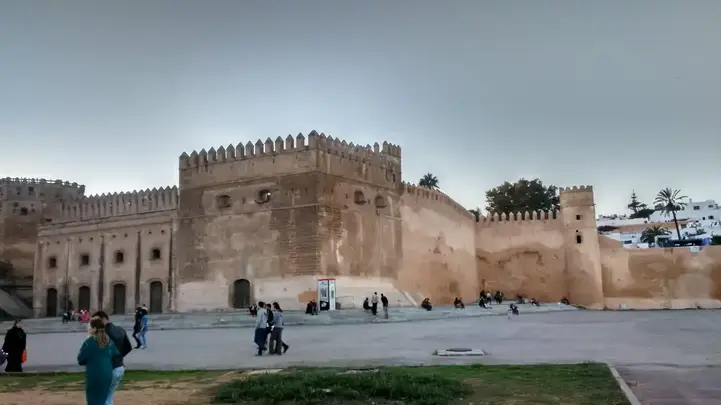
In the seventeenth century, Muslim and Jewish refugees arrived in large numbers to Morocco to escape the Inquisition and the Spanish treachery of covenants and covenants, which greatly changed the history of the city of Rabat, which was hospitable to all Muslims or Jews persecuted in Europe. The arrival of the Andalusians affected life in Rabat, where they left their mark and culture, which differed greatly from the first inhabitants of the city, giving the city of Rabat great privacy. During this period, maritime jihad spread as a result of intense hatred that was the result of terrible injustice and the huge number of Muslims and Jews killed in Andalusia at the hands of the Spanish and Portuguese.
The city of Rabat was neglected after the seventeenth century, especially in the first period of the rule of the Alawites until 1838 AD, where Abdul Rahman bin Hisham noticed the need to pay attention to the city again, so some peasants cut new lands to cultivate next to the city and took care of its development, and when Sultan Mouli Rashid came, he established a house for him in it, and built new walls for him and his successors from the Alawite sultans, and more than building houses and corners while maintaining its distinctive character and artistic rules inherited through generations.
French occupation in the name of protection
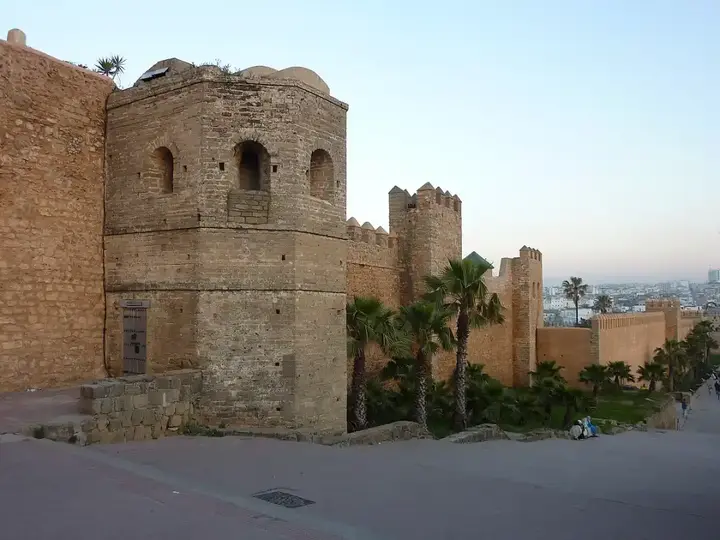
At the beginning of the twentieth century, specifically on March 30, 1912, the treaty was signed, which placed Morocco under French occupation under the name of the French protectorate, and this had a great impact on the culture and societal structure of the city. But Rabat still sees in it the Andalusian character and the Moorish heritage, which was one of the most distinctive fingerprints throughout Islamic history.








